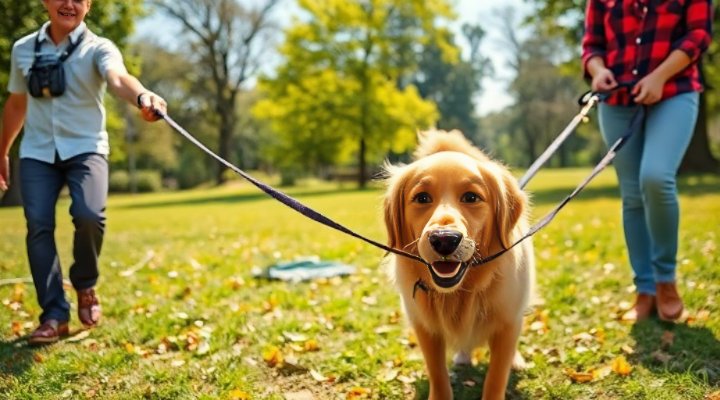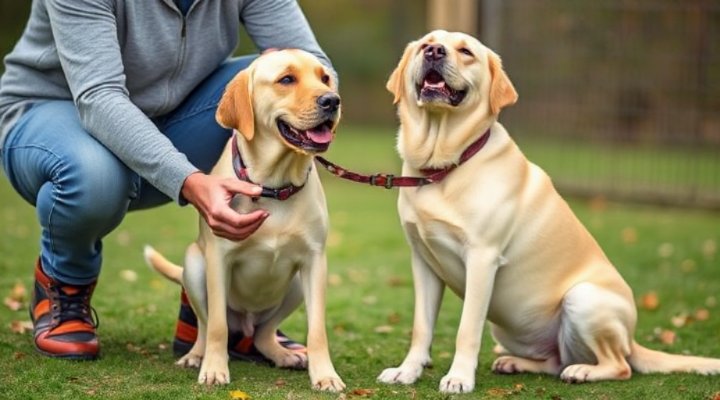Training a dog to stop pulling on the leash is one of the most common challenges dog owners face. Not only does it make walks more enjoyable, but it also ensures the safety of both you and your pet. In this comprehensive guide, we’ll explore why dogs pull on the leash and provide effective techniques to teach your furry friend proper leash manners.
Why Do Dogs Pull on the Leash?
Understanding why your dog pulls is the first step to solving the problem. Dogs pull for various reasons: excitement, curiosity, or simply because they’ve learned that pulling gets them where they want to go faster. Some breeds, like Huskies or Retrievers, are more prone to pulling due to their natural instincts.

Essential Tools for Leash Training
Having the right equipment can make a significant difference in your training success. Consider these options:
- Front-clip harness: Redirects your dog’s pulling motion sideways
- Head halter: Gives you more control over your dog’s head movement
- Standard 6-foot leash: Provides optimal control and communication
For more information on choosing the right leash, check out our guide on Best Dog Leash for Pulling.

Positive Reinforcement Techniques
Positive reinforcement is the most effective method for teaching your dog to stop pulling. Here’s how to implement it:
- Start in a low-distraction environment
- Reward your dog with treats when they walk without pulling
- Use verbal praise like “Good walk!”
- Be consistent with your rewards
The American Kennel Club provides excellent resources on leash training techniques that align with positive reinforcement methods.

The Stop-and-Go Method
This simple technique teaches your dog that pulling won’t get them where they want to go:
- When your dog pulls, stop walking immediately
- Wait until there’s slack in the leash
- Praise and continue walking
- Repeat consistently
This method requires patience but is highly effective for persistent pullers.
Changing Directions
Another effective strategy is to frequently change directions:
- Walk in random patterns rather than straight lines
- Reward your dog when they follow your lead
- This keeps your dog focused on you

Advanced Training Tips
Once your dog masters the basics, try these advanced techniques:
- Practice “heel” command in short sessions
- Gradually increase distractions
- Consider enrolling in group training classes for socialization
- Be patient – some dogs take weeks or months to fully learn
Common Mistakes to Avoid
Even well-intentioned owners can make these leash training errors:
- Using retractable leashes (they encourage pulling)
- Inconsistent training sessions
- Getting frustrated or angry with your dog
- Not rewarding small improvements
Remember, every dog learns at their own pace. For dogs with severe pulling issues, consider consulting a professional dog trainer.

Final Thoughts
Teaching your dog to stop pulling on the leash requires patience, consistency, and positive reinforcement. By understanding why your dog pulls and implementing these techniques, you’ll soon enjoy stress-free walks with your well-behaved companion. Remember to celebrate small victories and keep training sessions fun for both of you!
For more dog training resources, visit the American Veterinary Society of Animal Behavior website.
Related Keywords: loose leash walking, dog obedience training, stop dog pulling, leash manners, positive reinforcement dog training
